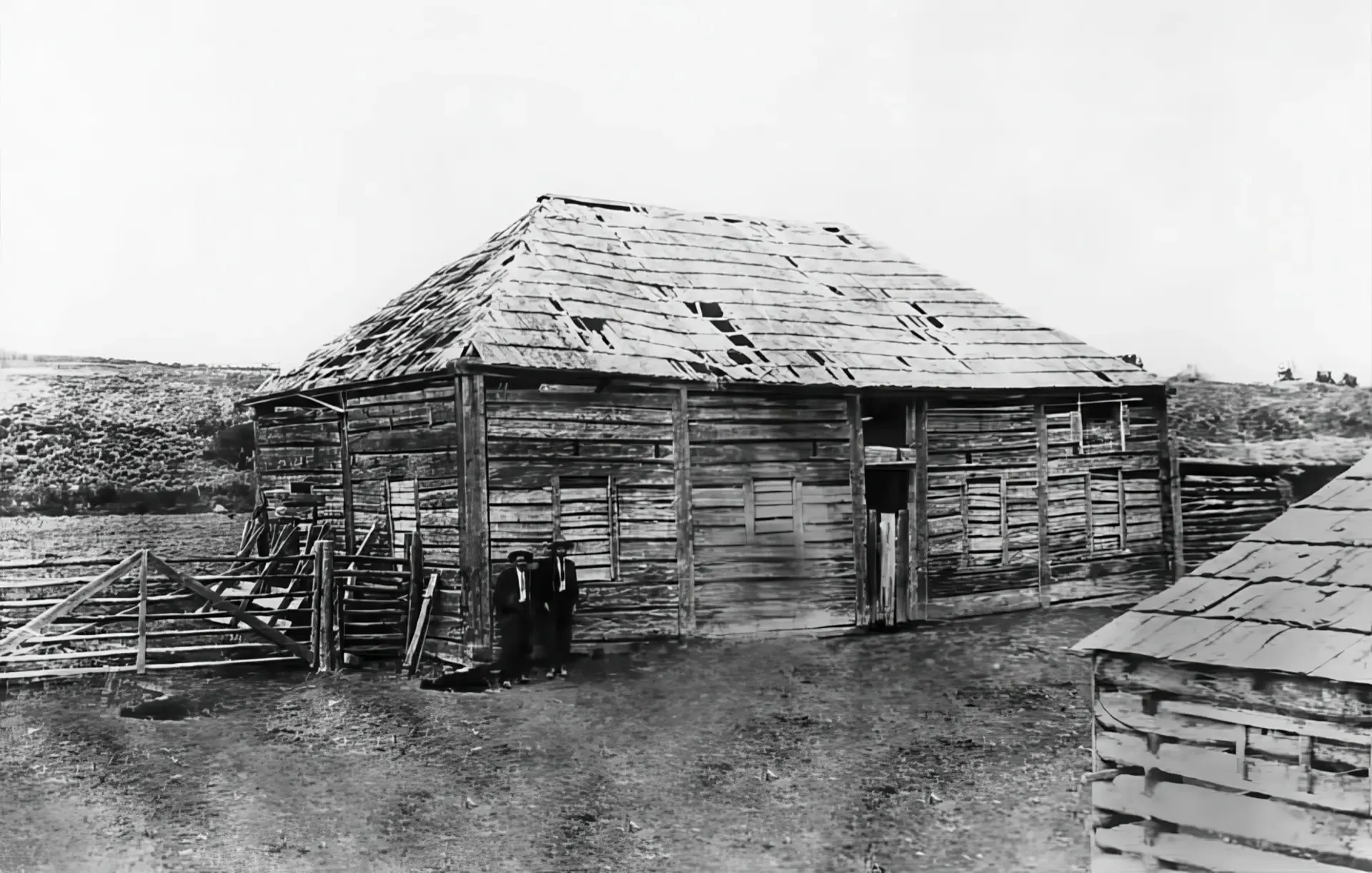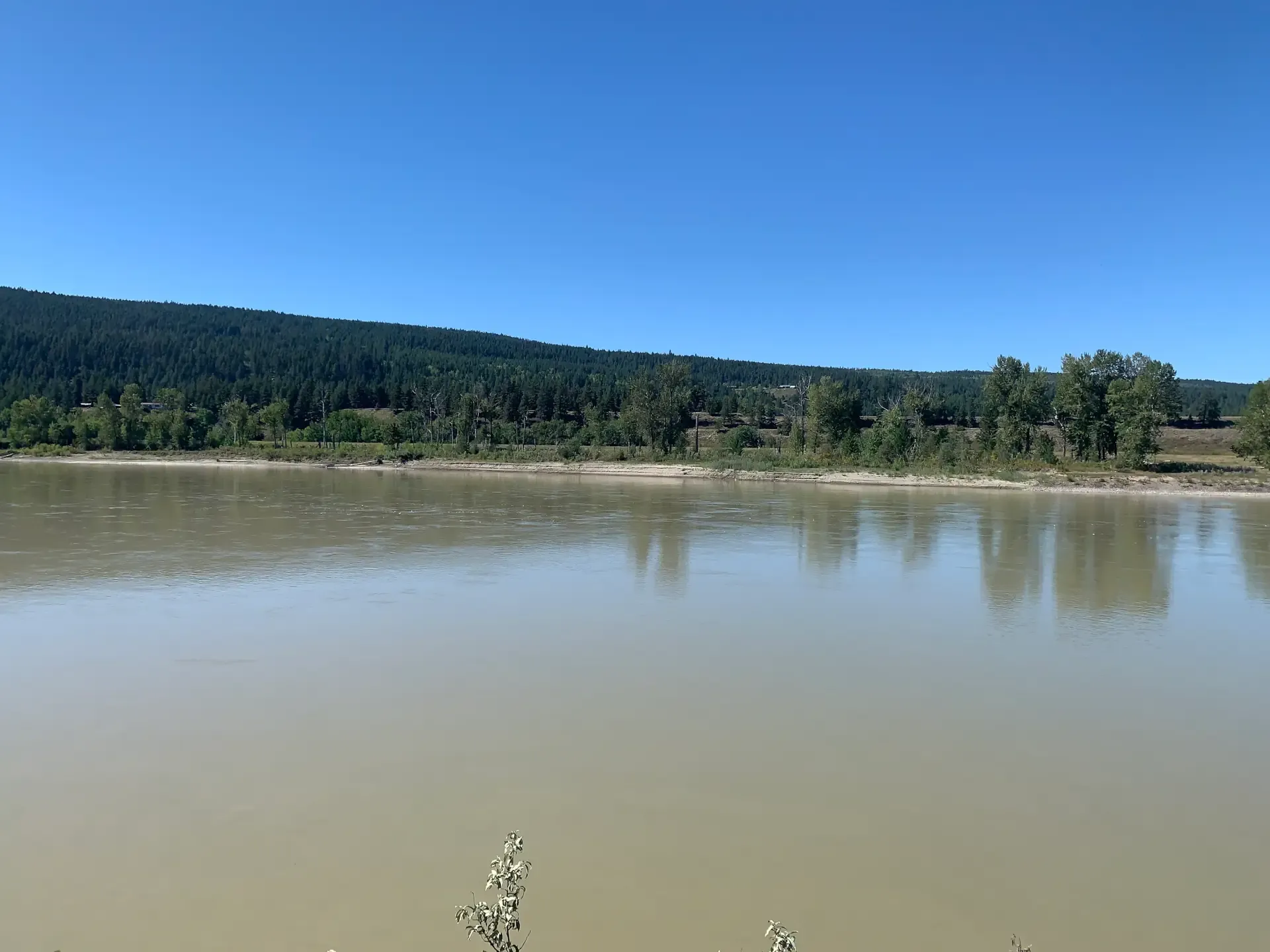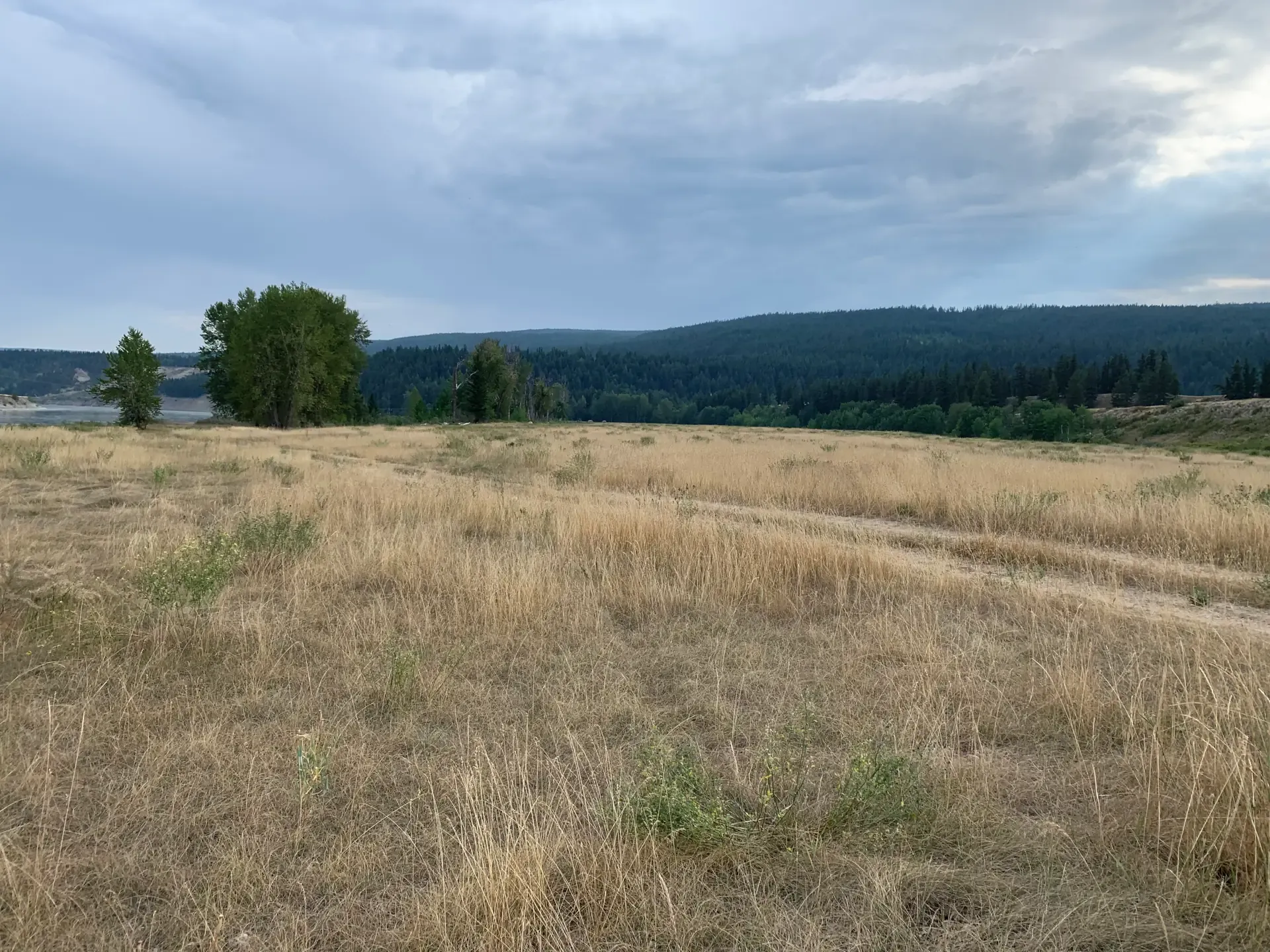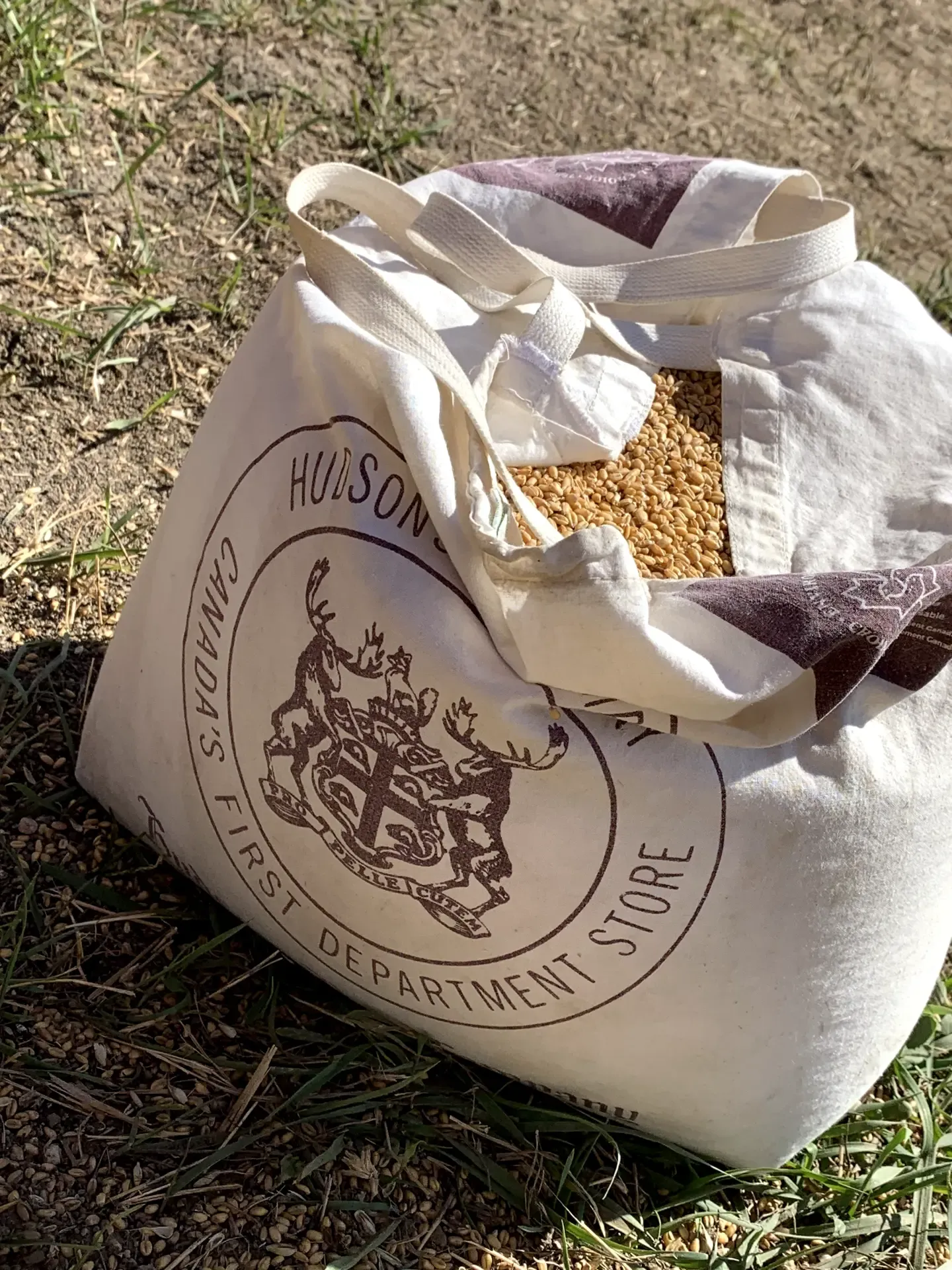Footsteps at Fort Alexandria
Furs, Spuds, Wheat, Turnips, Sheep and Cattle
Written by Heloise Dixon-Warren
Moose Meadows Farm, Bouchie Lake, BC
Notes from my Desk:
The research for this article required some reading and actual exploration. I referenced books, met with people, reviewed documents and articles online, and visited “the Fort”; not just once but three times. I wish to express my gratitude and thanks to a few key people that made this adventure enjoyable and informative. Firstly, Ted Traer, my hubby, who is always so supportive and happy to travel the trails with me on these expeditions; Iver Gunderson for welcoming us to his home on the west side of the mighty Fraser and providing an amazing tour and sharing his stories of growing up on “Fort Alexandria”, Rusty Toews, who is now farming the land that Hudson Bay Company farmed on the east side of the Fraser and sent us home with a bag of “Fort Alexandria” wheat, and Elizabeth Hunter (curator at the Quesnel and District Museum and Archives) for providing photographs and reviewing the article. During the time of visiting “the fort”, I tried to place myself back in time to see the land through a different lens - when there were “bateau” boats on the Fraser loaded with provisions, there was a horse brigade travelling between Fort Alexandria and Fort Vancouver, and the fort was bustling. While visiting “the fort”, I was amazed at the beauty of the land. It truly is a Creator’s Country! Stunning and beautiful in every way. I hope you enjoy this snippet of history and the photos that accompany it. I am grateful for the opportunity to learn so much about early North Cariboo history. (September 16, 2024)



Sources
- Quesnel Observer Newspaper Archives
- A Tribute to the Past, 1985; Old Age Pensioners Organisation, Branch #77
- The Pathfinder - A.C. Anderson’s Journeys in the West, 2011; Nancy Margeurite Anderson
- Trails to Gold, Volume 2 Roadhouses of the Cariboo; 1996 Branwen Patenaude


















